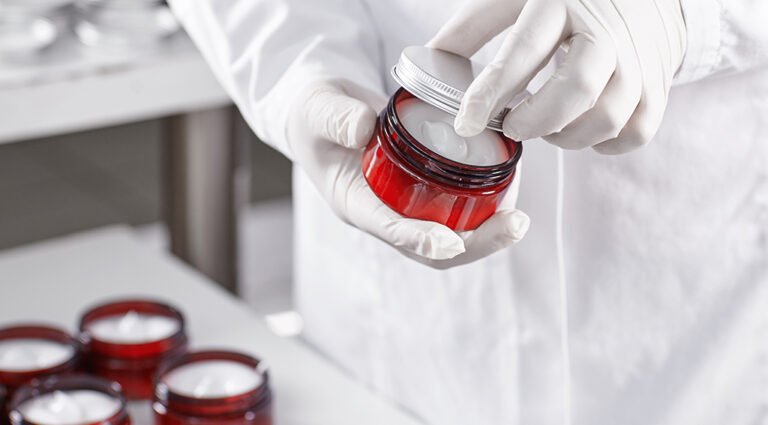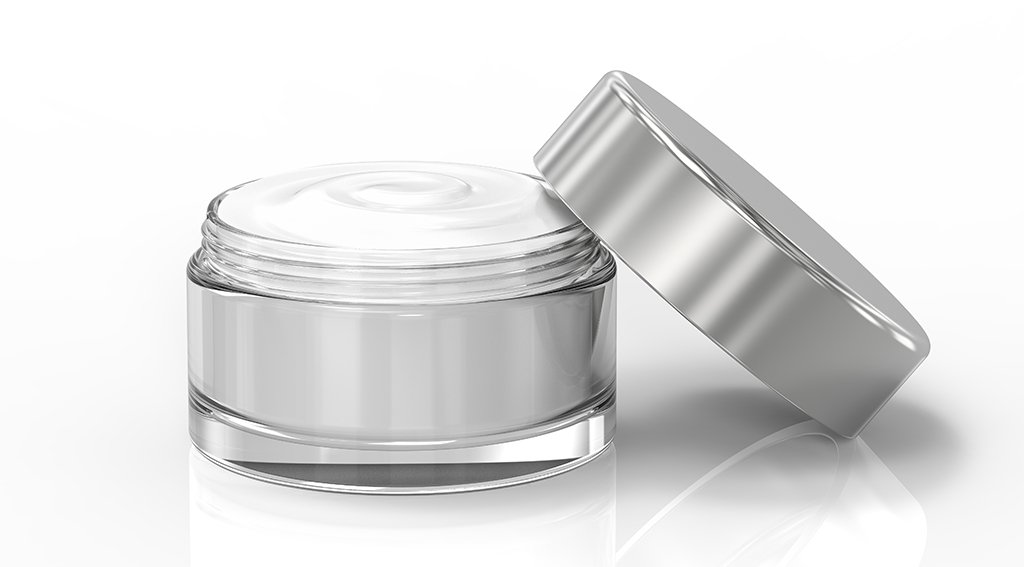Alanod ‘caps’ it all!
Opening the door of any bathroom cabinet in the UK will show that pharmaceutical and cosmetics packaging is big business. In fact, globally, the cosmetic packaging market alone is projected to grow from $30.98 billion in 2021 to $40.96 billion in 2028, at a CAGR of 4.1% in forecast periodi!
Why aluminium for cosmetics and pharmaceutical packaging?
Although plastic packaging is the most widely used material in the cosmetics sector, demand for materials such as paper, board and metals is on the up, because of changing consumer preferences and sustainability concerns. This is no surprise to us here at Alanod, as we already work with producers to provide aluminium for a wide range of caps, closures and components for cosmetic and pharmaceutical packaging.
A primary reason that aluminium is so popular for caps, closures and other components in such packaging is that it is highly versatile. It offers visual, recyclable, and tactile benefits and can be embossed, lacquered or colour-coated, to ensure the end product stands out. Here are some things to consider when deciding which aluminium to use:
Look and feel?
- If finish consistency is important, then 1000 series alloys are not recommended, as although highly formable and cost-effective, they don’t always anodise evenly.
- For consistency, 5000 series alloys have less impurities and offer more colour consistency across batches. They are also stronger and can withstand more drawing and pressing.

Colour?
- Pre-anodised coloured alloys with a gloss or matt finish are best used for shallower caps, closures or components, as deep draws can have crazing on the curve.
- If the draw is deeper, then anodising is recommended once the item has been drawn.
- When it comes to colour choice, in addition to standard anodised metal colours, lacquers can give product designers increased colour flexibility.
Finish?
- If a gloss finish is wanted, the aluminium alloy 5657 gives the best brightening properties and consistency but costs more than 1xxx series alloys, so a balancing act is needed between consistency, cost, and finish.
- For components where high levels of reflection are important, such as in cosmetic hair removal products, will the alloy tolerate being coated with a PVD silver to get the reflection?
- If longevity is key, does the alloy and finish pass a 500-hour salt spray test?
Thanks to the versatility of aluminium, the range of alloys available and the colours and finishes that are now on hand for designers, there is a solution to suit even the most unusual pharmaceutical or cosmetic cap, closure, or component requirements.
Looking for aluminium for caps, closures or components? Why not contact us to find out how we can help you with this.
To find out more about troubleshooting when choosing your aluminium click here.

